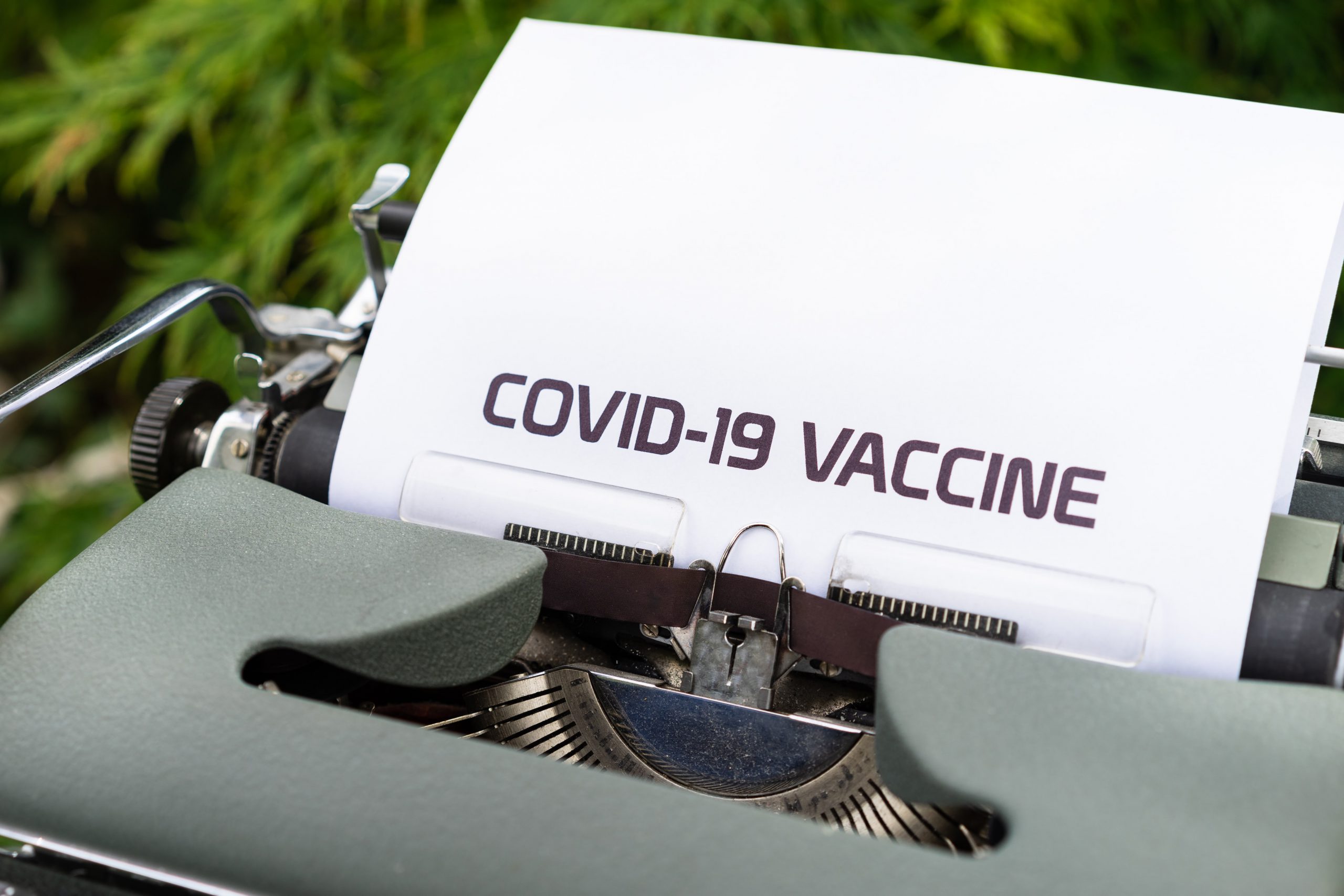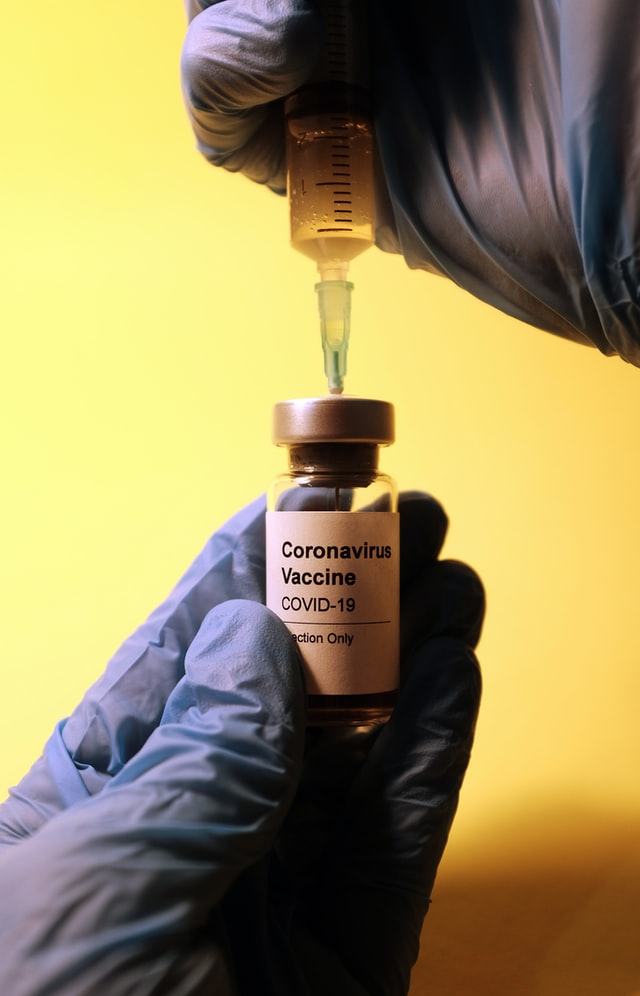
March 20, 2024
Pop-Eye-Yeah Wellness


December 14, 2020 marked a historical medical breakthrough. On this day at 9:23 a.m., Sandra Lindsay, a critical nurse from Northwell Long Island Jewish Medical Center received the 1st dose of Pfizer’s coronavirus vaccine. Other states are expected to follow suit starting with the immunization of frontline workers, residents and staff at long term care facilities, and other high-risk population around the country.
There are existing debates and controversies about these vaccinations for so many different reasons. However, providing the public with adequate information is necessary so that they can arrive at an informed decision. Having the basic knowledge such as how the vaccine works, its side effects, known risks and rewards empower people especially during this difficult time. Ignorance takes away our right to make responsible decisions concerning our own health.
How the Vaccine Works
While the standard vaccines we have inject weakened or inactivated germs into our bodies, there is no live virus in this vaccine. This means that recipients cannot get infected by coronavirus.

The vaccine was created using a type of molecule called messenger RNA. It uses a different approach which has yet to be approved by the FDA. So, how is it different? Messenger RNA holds the code that teaches our cells to create a protein that triggers an immune response. This particular protein is known as the “spike” protein, which is similarly found on the surface of the COVID-19 virus. The body then detects the spike protein piece as foreign and our cells start building an immune response by creating antibodies against them. Once we get exposed and infected by the coronavirus, the antibodies will already be present and ready to provide the protection we need.
It took “months” to create this vaccine, which is a short amount of time considering the process of vaccine development that often lasts 10-15 years. However, researchers have been studying and developing mRNA technology for decades. The use of mRNA vaccine has been previously considered for flu, Zika, rabies and cytomegalovirus (CMV) vaccines and has also been considered in cancer research. Since this technology can be developed in a laboratory using readily available materials, vaccine development is faster than the traditional method.
The vaccine is not FDA approved but has been allowed distribution through an Emergency Use Authorization. To date, 2 manufacturers namely Pfizer and Moderna have been awarded the EUA.
Side Effects

How effective is this vaccine?
Clinical trials show that the vaccine’s efficacy is limited for a couple of months. The vaccine was only shown to protect 50% of the participants after the first dose but was 95% effective after the second dose since the latter stimulates an even greater immune response than the first dose. In order to receive the full benefits of the vaccine, it is mandatory to receive the required doses. Depending on the brand of vaccine you received, the 2nd dose is given at 21 or 28 days after the initial dose, for Pfizer and Moderna vaccines, respectively.
What’s your Final Answer?
Statistics show that the U.S. leads the world with over 16 million cases and close to 300,000 deaths. As winter and flu season start, we can expect the situation to get worse if we do not come up with a viable solution soon. The vaccine is highly recommended for frontline workers, the elderly population, and those who have comorbidities putting them at high risk. It is not mandatory to get the vaccine but rather an option to consider by every individual. Being proactive in gathering as much information is critical as it will aid us in determining whether the vaccine is for us or not. Here are a few important questions to consider in your decision-making process:


Frontline workers and other healthcare providers around the world will be the first to avail of the vaccine. According to a study recently published in the International Journal of Infectious Diseases, over 300,000 workers have been infected from 37 countries with more than 2,500 deaths since August 2020. Among the 37 countries surveyed, the United States has the highest number of coronavirus infection. As infection and hospitalization rates rise, the country cannot afford to have its health workforce depleted.
We have been engaging in this war long enough. With all the casualties that the whole world has lost, this is our chance to fight back. This medical breakthrough signals the culmination of the “new normal” giving way to a renewed hope for a better life ahead of us.

https://www.washingtonpost.com/nation/2020/12/14/first-covid-vaccines-new-york/
https://www.cdc.gov/coronavirus/2019-ncov/vaccines/different-vaccines/mrna.html